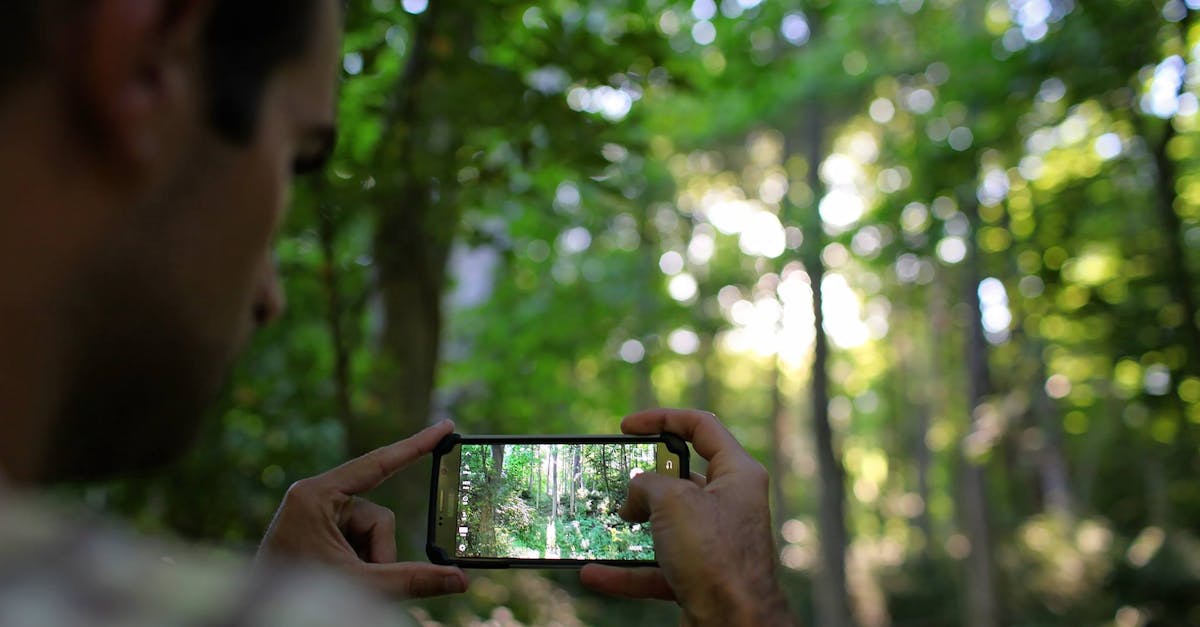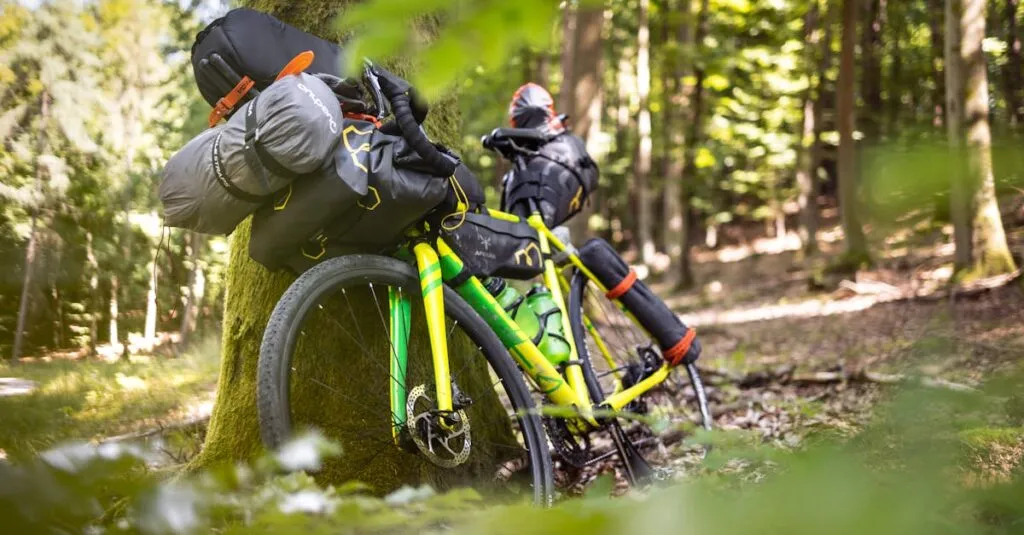Trailblazing: Choosing the Right Campsite
Finding the ideal campsite can feel like a quest. For families camping with kids with mobility challenges, it’s essential to look for sites with wheelchair-accessible trails and amenities. National parks often have maps highlighting these features. Opt for locations that offer close access to essential facilities, as a short distance to restrooms can make a world of difference.
Before booking, call ahead to confirm availability and ask about renting any specialty gear onsite. If navigating digital maps feels daunting, consider joining online forums where seasoned campers share firsthand experiences and tips.
Involve your child in the planning process too. Let them choose a site based on photos and reviews; this adds excitement and anticipation. Choosing the right campsite sets the stage for an unforgettable adventure. Imagine scenes of your child steering their way along a trail, nature’s beauty all around—an experience worth every effort.
Remember, preparation is key!

On the Move: Transportation Tips
Getting from point A to point B on a camping trip with mobility-challenged kids requires creative transportation solutions. Here are some tips to help you navigate your adventure:
- All-Terrain Wheelchair: Consider renting or investing in an all-terrain wheelchair if your child enjoys nature trails. Many parks now offer rental services at the visitor center, making outdoor exploration more accessible.
- Rugged Strollers: Think about good stroller alternatives. Some models designed for rugged outdoors can handle roots and rocks seamlessly.
- Reliable Car Seat: If driving to your destination, ensure your vehicle is equipped with a reliable car seat.
- Group Camping: Connect with groups that organize accessible camping for kids. Carpooling or group trips can be an invaluable resource.
- Time Transitions: When planning activities, time transportation transitions to avoid any rush or stress. Transitions matter as much as the destination.
These proactive steps ensure your family’s safari—without the long flight to Africa—is stress-free and inclusive. Movement might be tricky, but with a plan, it’s part of the fun!

Campfire Magic: Activities for All
Once you’ve set up camp, it’s time to create magical moments around the campfire that are inclusive and fun. Include activities that everyone can participate in without heavy physical exertion.
Activities to Enjoy
- Storytelling: This classic activity never gets old. Encourage your child to imagine and share their tales, adding to the adventure.
- Music: Music is a universal language that unites. Bring along instruments or stream playlists to keep the rhythm alive.
- Art Activities: Engage in activities such as painting or making nature crafts that allow for creative expression without restrictions.
- Adaptive Sports: Consider games like seated volleyball that work well for everyone.
- Cookouts: A great way to involve kids. Set up a safe space where they can assist in meal prep.
Remember to overpack marshmallows, they’re great for both snacking and as glue in creative projects! After all, camping is about making memories. Through laughter, music, and activities, you’ll weave tales worth retelling.
Foster creativity and versatility while respecting individual limitations.

Bumps in the Trail: Handling Emotional Challenges
Camping can stir various emotions, especially for kids tackling mobility challenges. It’s common for them to feel left out or dependent, which can deter the fun. Approach this with open conversations about feelings.
Discuss what campers are comfortable doing, acknowledging any fears or anxieties. Sharing personal experiences can bolster their confidence. Highlight the strengths and uniqueness each child brings to the trip.
Celebrate Small Victories
Celebrate small victories—like helping pitch a tent or collecting kindling for the fire—embedding pride and independence in the experience.
Offer Support and Breaks
If your child seems distressed, offer breaks from group activities. Often, quiet moments by a stream or under a tree allow them to recharge.
The Power of Humor
Humor helps too. Laugh over mishaps (like the time our tent became a waterbed during a sudden downpour)! Fostering a supportive environment makes the adventure rich in companionship and enjoyment.

Join the Adventure: Share Your Stories
Camping generates stories worth sharing. We encourage readers who also camp with children with mobility challenges to share theirs. Create a community that fosters solidarity and support by sharing your experiences.
Consider the following ways to interact and contribute:
- Share Tips: Every piece of advice counts, from teaching moments to gear selections.
- Discuss Mishaps: Everyone has hiccups along their journey; discussing these can help others prepare.
- Recommend Products: You may know of gear that has made your experience easier.
Through reader interaction, we learn that we’re not alone. Share your journey on social media with the hashtag #MobilityCampingKids, inviting others to do the same. You might unearth hidden gems—like a lenient campground manager or a piece of gear that became a lifesaver.
Encourage parents to post pictures of their children conquering nature’s hurdles. Every story told is another child smiling through shared experiences. Your involvement is the cornerstone of building valuable networks.
Participate in Discussions
Every voice strengthens the cause. Let’s paint the internet with inspiring tales of courage, adventure, and accessible camping for kids. Together, we redefine adventure!

